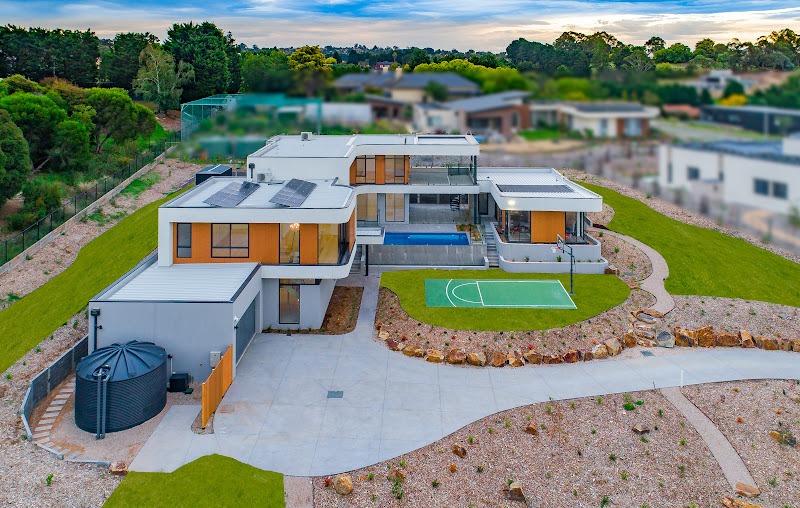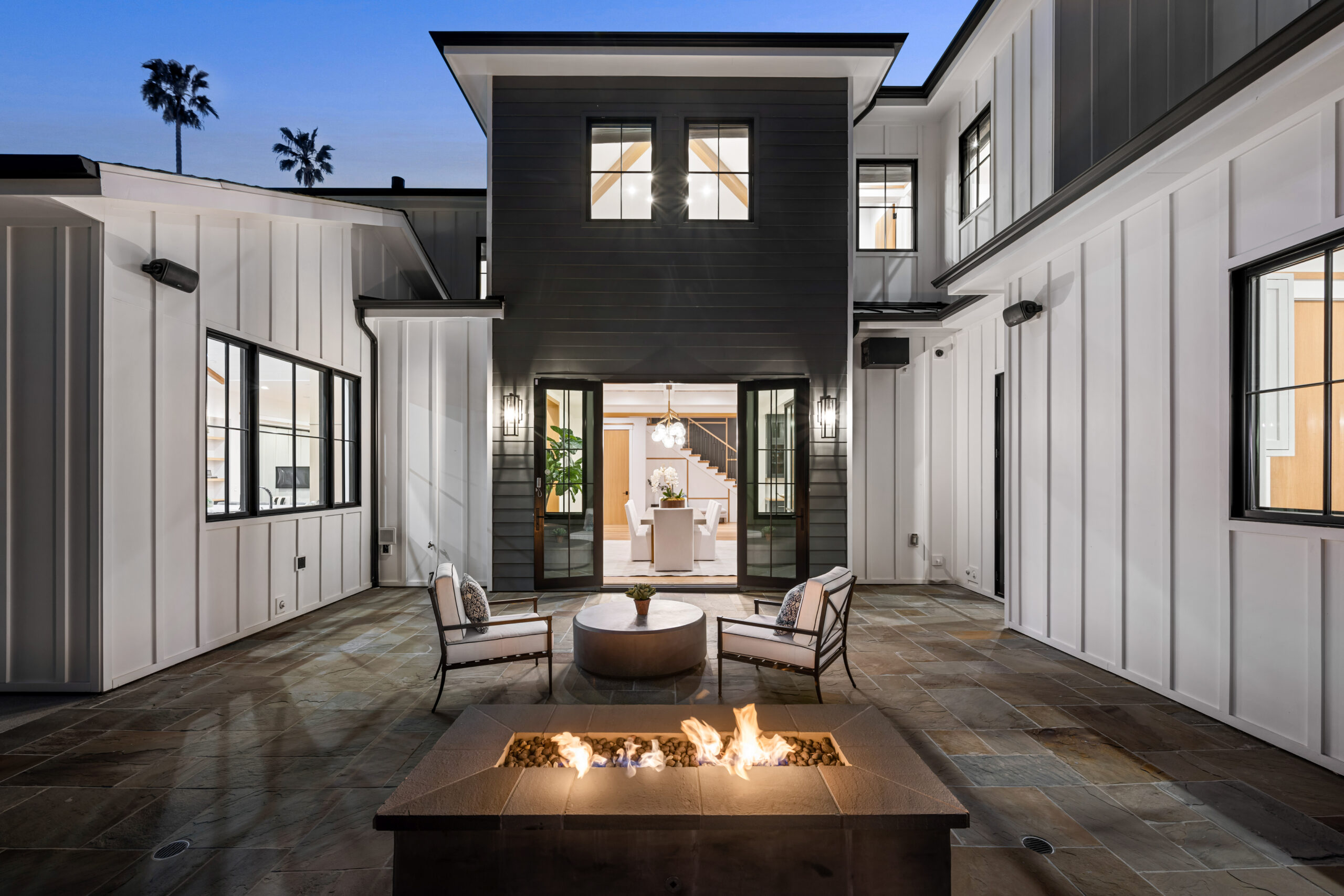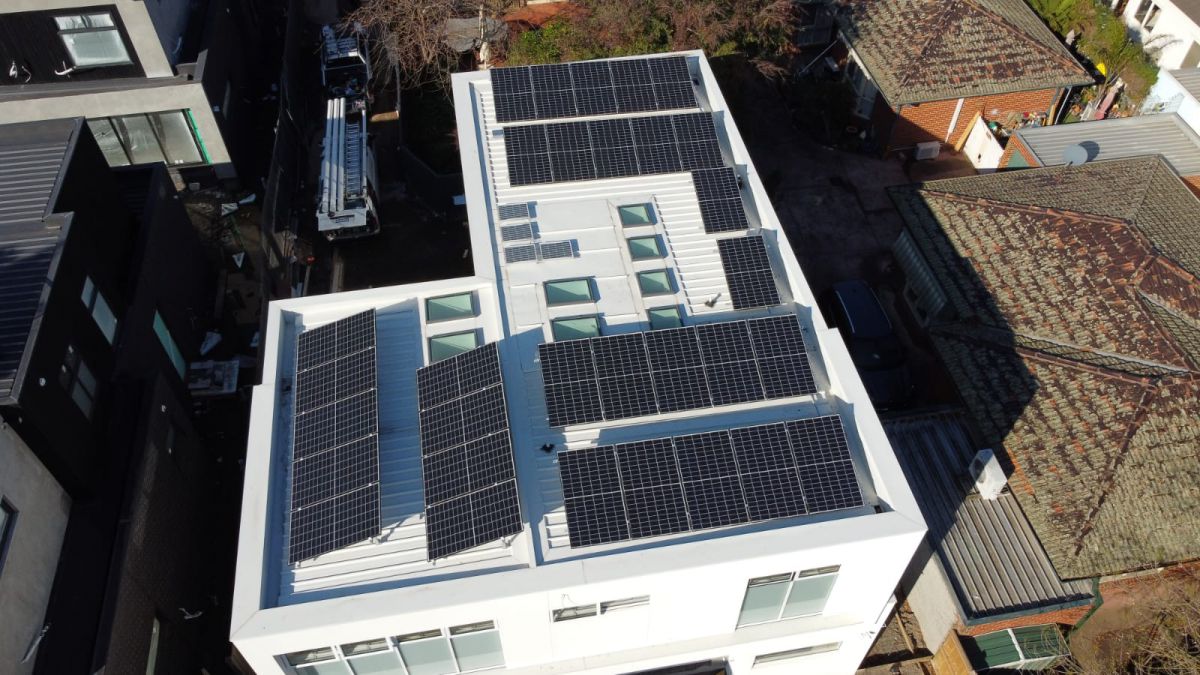Dreaming of a home bathed in sunshine and light?
This is where ceiling height comes into play! If space, light and comfort matter to you, determining the right ceiling height is key. But with so many options available, how do you decide what is the right height for your home, as well as the appropriate ceiling height for rooms where functionality differs?
This guide will shed light on the various ceiling height options available in Australia to help you find the perfect fit for your home.
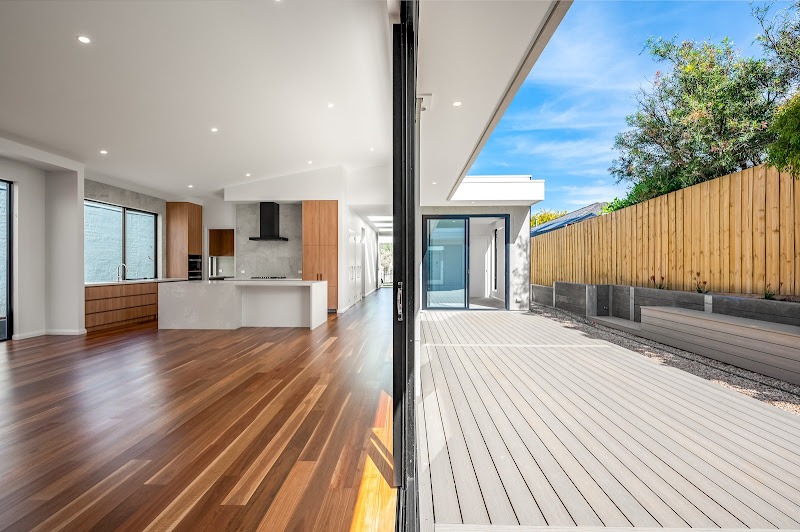
Australia’s National Benchmark: 2.4 Meters
According to the National Construction Code (NCC), the minimum ceiling height for habitable rooms in Australian residences sits comfortably at 2.4 meters (8 feet).
This standard applies to your living areas, bedrooms, and any space designated for everyday living.
Is there any flexibility?
While 2.4 meters is the standard, there’s room for some flexibility. The NCC allows for a minimum ceiling height of 2.1 meters (7 feet) in non-habitable rooms. This includes areas like bathrooms, laundries, and hallways.
How high can I go?
The NCC’s minimums are just a starting point. Many builders and homeowners opt for higher ceilings to create a more luxurious or spacious feel such as 2.55 meters or 2.7 meters. This height creates a grander feel and allows for architectural features like recessed lighting, hanging decor or grand windows. However, be prepared for slightly higher construction and maintenance costs.
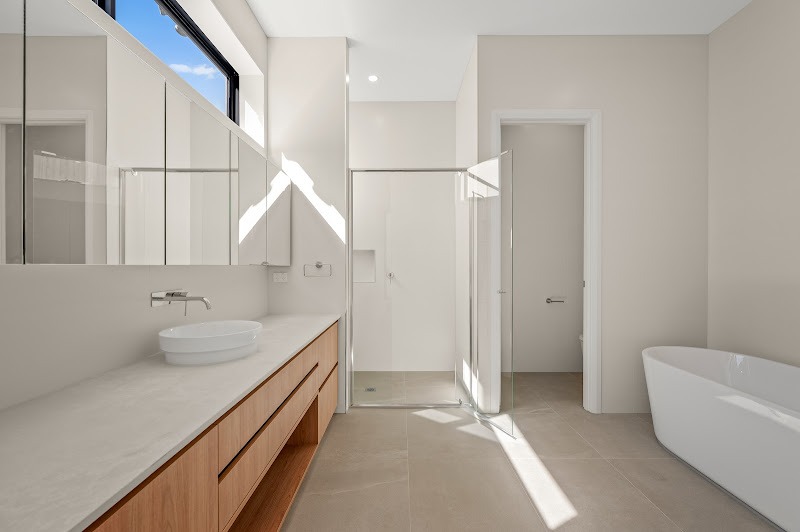
Finding the Right Height for You
The ideal ceiling height for your home depends on several factors:
- Style: Are you going for a modern/contemporary home or traditional? High ceilings complement luxury and open-plan designs, while standard heights can suit more traditional styles for a cozy feel.
- Room type: Functionality plays a role in ideal ceiling height. Kitchens, bathrooms, and hallways may not require the extra vertical space for activities. On the other hand, living spaces and dining areas, where we relax, entertain, and move around more freely, can feel spacious with a bit more headroom.
- Budget: Higher ceilings translate to more building materials and potentially require additional considerations like heating, cooling and noise control as sound travels easier in open spaces.
- Existing features: Be sure to take existing beams or bulkheads into account when determining the final ceiling height.
- Ventilation: Air circulation can be slightly affected by ceiling height, so consider your climate.
- Maintenance: Taller ceilings can be trickier and more expensive to clean and maintain, especially for tasks like painting or installing light fixtures.

Making an Informed Choice
Consulting with your home builder is crucial when deciding on your ceiling height. They can guide you based on your specific needs, the property’s design, and local regulations.
Remember, it is not a one-size-fits-all solution. By understanding the options available and considering your unique needs, you can find the perfect ceiling height to create a comfortable and stylish haven in your Australian home.
—
At HouseSpec Builders, we are a small business run by a passionate and friendly team with a combined experience of over 60 years of experience in homebuilding. We are 5-star rated on Google as a trusted, reliable home builder in Melbourne and we pride ourselves on delivering personal service to meet your home building needs.
Get in touch with us today!
Disclaimer: This article is accurate as of the published date of 20 April 2024.
